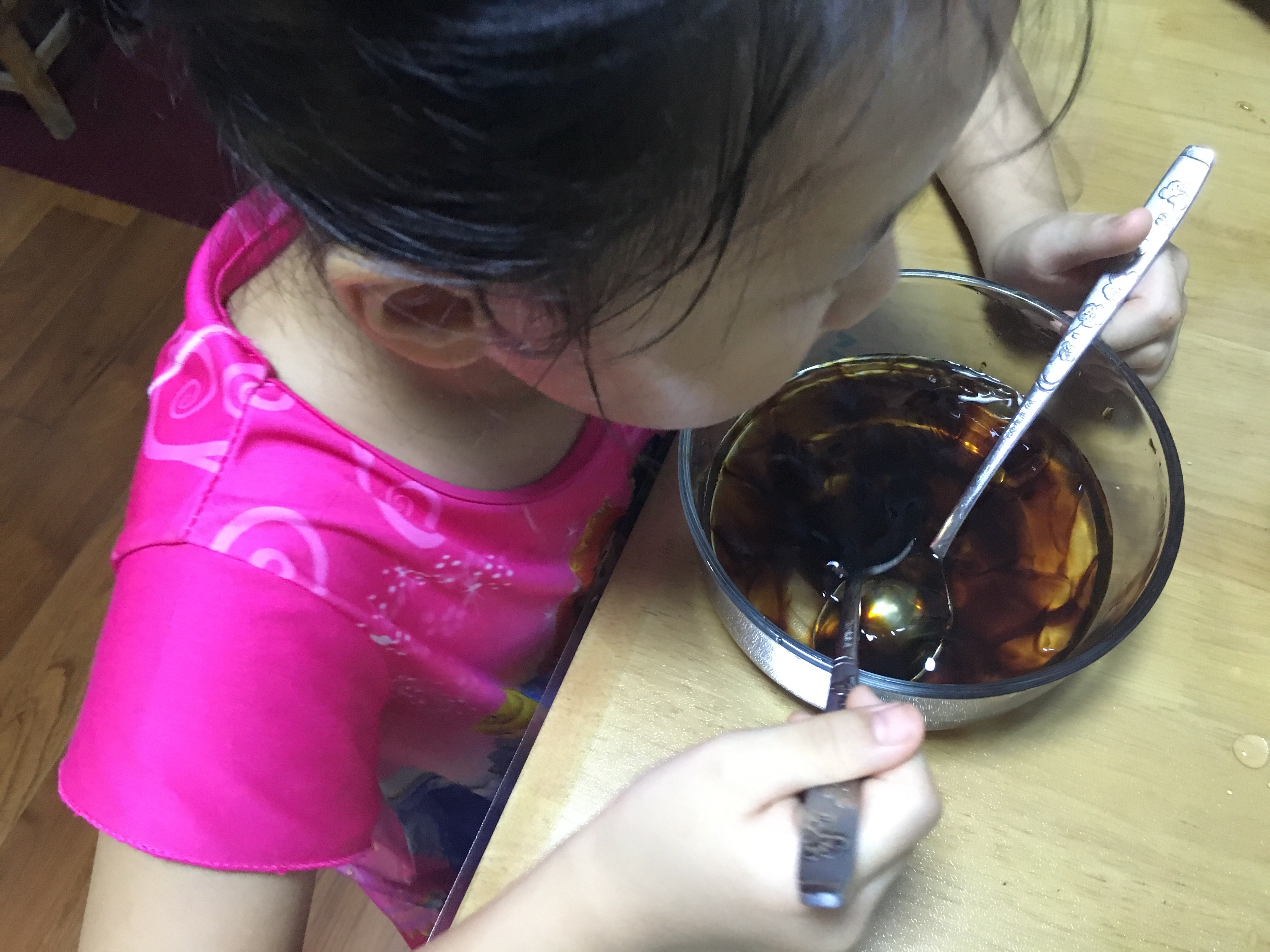-
Photo of the day 2016.07.07
-
Photo of the day 2016.07.06
-
Photo of the day 2016.07.05
-
《Design Leadership》读书总结
NO1. 《Culture》 Key Takeaways
- Culture is definitely a high priority for successfully run design businesses.
- To create culture, leaders need to construct the container and fill it with the right people. The container is made of the vision and values of the organization.
- Healthy cultures can be thought of as learning cultures, which have a growth mentality and a desire to challenge themselves.
- You can’t create culture with ping-pong tables and beanbags.
- The people in your organization have the biggest influence on the culture.
- Even though you can’t control every aspect of the culture, don’t ignore it.
- Healthy culture appears to increase staff retention and loyalty.
- Team structures influence company culture. Select and combine teammates carefully.
- Teams with mature attitudes toward personal growth are more likely to create a healthy culture.
- Growing successful teams and people is the ultimate goal of the design leader.
No.2 《Talent》Key Takeaways
- A talent pipeline is just like a sales pipeline — invest in it constantly.
- Hire people who are smarter than you.
- When possible, hire people with great soft skills and train the hard skills.
- Diversity adds to the creativity and wisdom of the team.
- Coachable people are often better than knowledgeable people.
- Hiring young or inexperienced people isn’t always a cost saving.
- Hire when capacity is consistently at its maximum, but not before.
- Consider freelancers to buffer for the ups and downs of your business cycles.
- Apprenticeships are invaluable and an alternative to expensive recruiting models.
- Apprentice programs can be great talent pipelines and profit centers.
No.3 《Office Space and Remote Working》Key Takeaways
- There are no black-and-white solutions to physical space — they are more like shades of gray.
- Successful office layouts tend to have healthy combinations of both open and closed, as well as casual and formal spaces.
- The company’s personality and brand should be allowed to shine through in the choice of location, space layout, and decor.
- When moving to a new location, consider how that will affect culture, and try to preserve the elements that work.
- Something as simple as providing extra seats for staff to engage in informal conversation around desks can increase communication between team members.
- Don’t be afraid to move people around the office from time to time. This allows new connections between team members to be created.
- Remote teams need frequent and routine communication to stay bonded and aligned.
- Hiring people that are already good self-managers makes remote working easier.
-
Photo of the day 2016.07.04
© 2025 Xiaoxiao’s Weblog. All Rights Reserved. 粤ICP备15088982号




